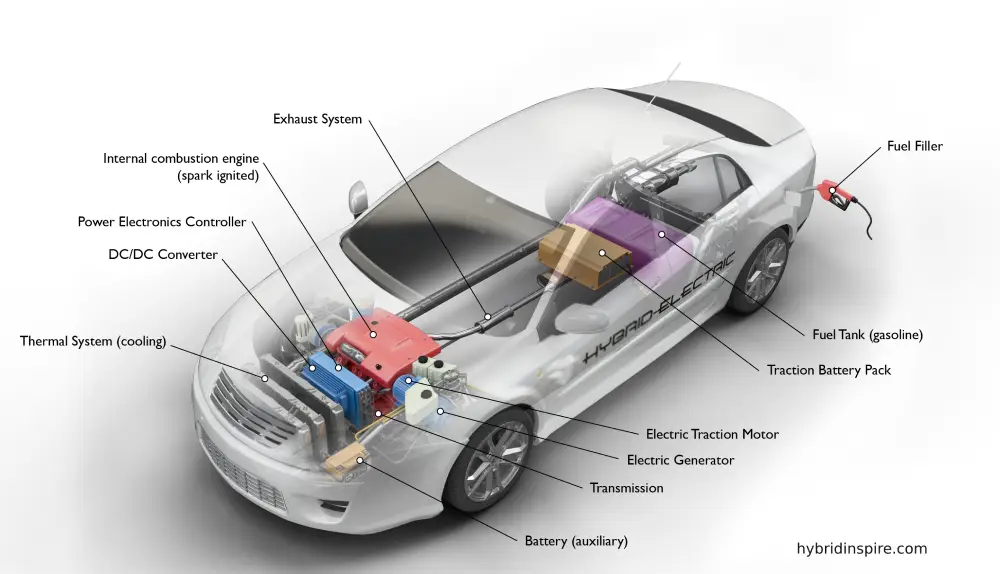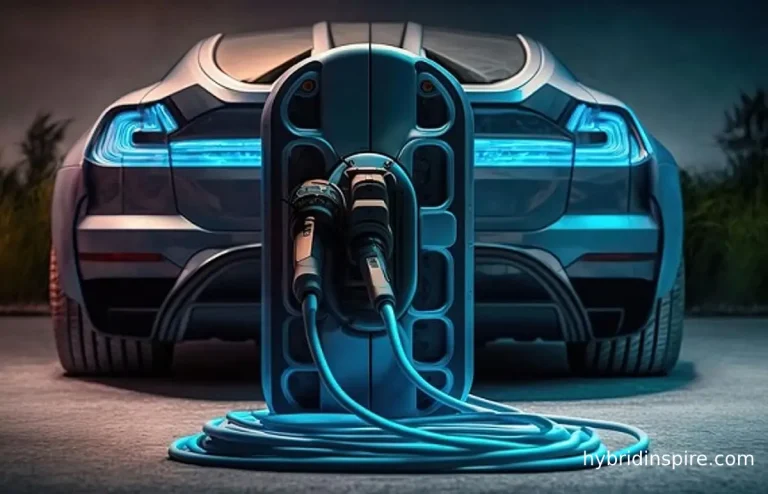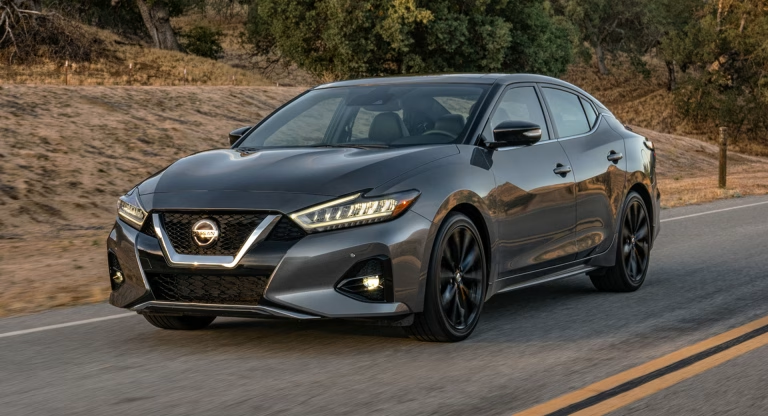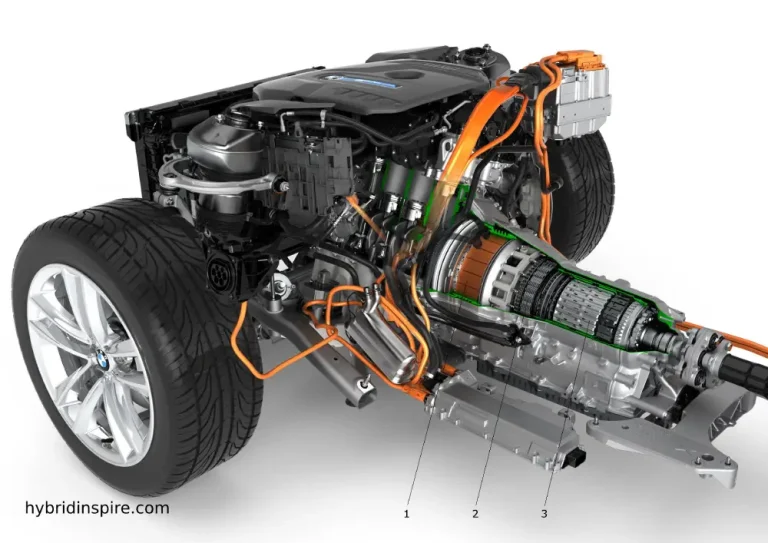How to Extend the Life of a Hybrid Car Battery: Complete Guide
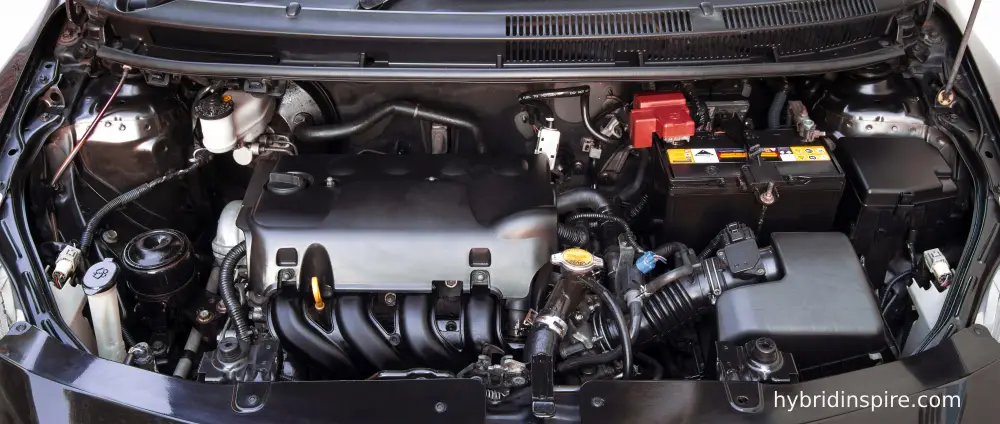
Table of Contents
In today’s automotive landscape, hybrid vehicles have established themselves as fuel-efficient alternatives that combine the best of traditional combustion engines with electric power. At the heart of these ingenious machines lies their most critical component: the hybrid battery. While these powerhouses are built to last, their eventual replacement can be a significant expense, often ranging from $1,500 to $3,500 or more depending on your vehicle model.
Understanding how to maximize your hybrid battery life isn’t just about saving money—it’s about getting the most value from your eco-friendly investment. With proper care and smart driving habits, you can significantly extend your hybrid battery’s lifespan beyond the manufacturer’s warranty period, which typically covers 8-10 years or 100,000 miles.
In this comprehensive guide, I’ll share practical, proven techniques to help you extend your hybrid car battery life, avoid common pitfalls that accelerate battery degradation, and recognize the warning signs that your battery may need attention before major issues develop.
Understanding Hybrid Car Batteries: The Foundation of Battery Longevity
Before diving into maintenance strategies, it’s essential to understand what we’re working with. Most hybrid vehicles utilize nickel-metal hydride (NiMH) or lithium-ion batteries. Toyota’s popular Prius models, for instance, predominantly feature NiMH batteries, while newer hybrid models across various manufacturers have increasingly adopted lithium-ion technology for its higher energy density.
Hybrid batteries function differently from traditional car batteries. Rather than simply starting the engine, they power the electric motor, store energy recovered during braking (regenerative braking), and constantly charge and discharge throughout your drive. This cycling process—the continuous charging and discharging—is what eventually causes battery degradation over time.
The battery pack consists of multiple cells working together, and understanding this structure helps explain why proper maintenance is crucial. When one cell begins to fail, it can create a domino effect that compromises the entire pack’s performance.
Manufacturers design these systems with impressive durability in mind. For example, Toyota engineers their hybrid batteries to last the lifetime of the vehicle, which they define as 15 years or more. However, real-world conditions, driving habits, and maintenance practices significantly influence whether your battery will achieve this potential longevity.

The Impact of Driving Habits on Hybrid Battery Health
Your driving style directly affects how quickly your hybrid battery deteriorates. Adopting battery-friendly driving habits can make a remarkable difference in extending its useful life.
Smooth Acceleration and Braking
Gentle acceleration and smooth braking reduce stress on the battery system. Aggressive driving—rapid acceleration followed by hard braking—forces the battery to deliver and absorb energy at maximum rates, generating heat and accelerating wear.
When accelerating, press the pedal gradually rather than flooring it. This allows the hybrid system to optimize the balance between the gasoline engine and electric motor, reducing unnecessary strain on the battery.
Similarly, practice anticipatory driving by looking ahead and gradually slowing down when approaching stops. This maximizes the effectiveness of regenerative braking, which captures kinetic energy and returns it to the battery rather than wasting it as heat through conventional braking.
Maintain Moderate Speeds
While hybrids excel in stop-and-go traffic where the electric motor does much of the work, consistent highway driving at moderate speeds (around 55-65 mph) often provides the optimal balance for battery health. Extremely high speeds increase aerodynamic resistance and force the system to work harder, while exclusively short trips may not allow the battery to reach optimal operating temperature.
On longer drives, using cruise control on flat highways helps maintain a steady speed, reducing unnecessary power fluctuations that can stress the battery.
Utilize EV Mode Appropriately
Many modern hybrids feature a dedicated EV (electric vehicle) mode that relies solely on battery power for limited distances. While tempting to use frequently, overusing EV mode can lead to deeper discharge cycles, potentially reducing battery life over time.
Reserve EV mode for situations where it’s most beneficial, such as low-speed traffic jams or short trips in residential areas. Allow the hybrid system’s automated management to handle power distribution during normal driving conditions.
Essential Maintenance Practices for Extended Battery Life
Regular maintenance is perhaps the most direct way to ensure your hybrid battery reaches its maximum potential lifespan. These practical steps can make a significant difference:
Keep Your 12-Volt Auxiliary Battery Healthy
Surprisingly, the humble 12-volt auxiliary battery plays a crucial role in hybrid battery health. This smaller battery powers the vehicle’s electronics and is necessary for starting the system and engaging the main hybrid battery.
When the auxiliary battery weakens or fails, it can cause the hybrid control system to malfunction, potentially leading to improper charging patterns that damage the main battery. Have your auxiliary battery checked during regular service appointments, and consider replacing it proactively every 3-5 years.
Maintain Regular Driving Schedules
Hybrid batteries don’t appreciate sitting unused for extended periods. Extended inactivity can lead to natural discharge and potential capacity loss. If possible, drive your hybrid vehicle at least once a week for 20-30 minutes to maintain proper charge levels and keep the battery management system active.
For unavoidable extended storage periods (beyond two weeks), consider having someone drive the vehicle periodically or using a trickle charger designed specifically for hybrid vehicles to maintain the auxiliary battery, which indirectly helps preserve the main hybrid battery.
Follow Manufacturer Service Schedules
Adhering to the manufacturer’s recommended service intervals is essential for hybrid battery health. During these services, technicians can:
- Check the cooling system that regulates battery temperature
- Inspect electrical connections for corrosion
- Update battery management software
- Test battery pack performance and identify weak cells early
Toyota, Honda, and other manufacturers have specific hybrid system checks as part of their maintenance protocols. These inspections can identify potential issues before they compromise battery health.
Managing Battery Temperature: A Critical Factor
Temperature management is perhaps the most crucial yet overlooked aspect of hybrid battery maintenance. These sophisticated power sources operate best within specific temperature ranges, typically between 68°F and 100°F (20°C-38°C).
Avoid Extreme Heat Exposure
Excessive heat accelerates chemical reactions within battery cells, speeding up degradation. Whenever possible:
- Park in shaded areas or garages during hot weather
- Use windshield sunshades when parking in direct sunlight
- Avoid leaving your hybrid idling for extended periods in hot weather
Some hybrid models feature dedicated battery cooling systems. Keep these systems maintained by ensuring cooling vents remain unobstructed and having the coolant checked during regular service.
Cold Weather Considerations
While heat causes faster degradation, extreme cold temporarily reduces battery capacity and performance. In frigid climates:
- If possible, park in a garage during winter months
- Allow the vehicle a few minutes to “wake up” before driving in very cold conditions
- Consider using the remote start feature (if equipped) to begin warming the system before driving
Modern hybrids incorporate thermal management systems that help maintain optimal battery temperature, but these systems work best when not overwhelmed by extreme conditions.

Charging Practices That Preserve Battery Health
Unlike plug-in hybrids or fully electric vehicles, standard hybrids don’t require external charging. However, understanding how the internal charging system works can help you adopt practices that extend battery life.
Avoid Frequent Deep Discharges
The hybrid system is designed to keep the battery charge level within an optimal range—typically between 40% and 80% of total capacity. This partial charging approach significantly extends cell life compared to frequent deep discharges.
While you can’t directly control this process in standard hybrids, you can avoid situations that might force deep discharges, such as:
- Running extremely low on fuel (which may cause the system to rely more heavily on battery power)
- Repeatedly using battery-intensive features when the engine is off
- Overriding the hybrid system’s automated management for extended periods
The Benefits of Regular Highway Driving
Occasional highway driving sessions of 30 minutes or more can help condition the battery and allow the system to perform its internal balancing routines. These longer drives ensure all battery cells receive proper conditioning and help the battery management system accurately assess overall battery health.
This practice is particularly valuable if your driving primarily consists of short trips or stop-and-go traffic, which can create uneven wear patterns in the battery pack.
Hybrid-Specific Maintenance Tasks
Beyond general care practices, several maintenance tasks specifically benefit hybrid vehicles and their batteries:
Keep the Engine in Top Condition
It might seem counterintuitive, but maintaining your gasoline engine directly impacts hybrid battery health. When the engine runs inefficiently, the hybrid system compensates by relying more heavily on electric power, potentially stressing the battery.
Follow these maintenance basics:
- Replace air filters regularly
- Maintain proper engine oil levels and change intervals
- Keep fuel injectors clean
- Address check engine lights promptly
A well-maintained engine creates less demand on the battery system during normal operation.
Monitor and Maintain Tire Pressure
Proper tire inflation reduces rolling resistance, which directly affects how hard your hybrid system must work. Even slightly underinflated tires can increase energy consumption by 5-10%, forcing both the engine and battery to work harder.
Check tire pressure monthly and before long trips. The recommended pressure is typically listed on a sticker inside the driver’s door jamb or in your owner’s manual.
Clean Battery Cooling Vents
Many hybrid models feature dedicated cooling vents for the battery pack, often located in the cabin near the rear seats. Ensure these vents remain unobstructed and clean to maintain proper airflow and temperature regulation.
Periodically check that items haven’t accidentally covered these vents, and gently vacuum the vent covers to remove dust buildup that could restrict airflow.
Warning Signs Your Hybrid Battery Needs Attention
Even with excellent maintenance, it’s important to recognize potential warning signs that your hybrid battery may need professional assessment:
Decreased Fuel Economy
If you notice a significant drop in MPG compared to what you typically experience in similar driving conditions, the battery might be losing capacity. As hybrid batteries age, they store and deliver less energy, forcing the gasoline engine to compensate by running more frequently.
Track your fuel economy regularly using the vehicle’s trip computer or through manual calculations to establish baselines for different driving conditions. A consistent decrease of more than 5 MPG might warrant investigation.
Fluctuating State of Charge Display
Modern hybrids display the battery’s state of charge on the dashboard. If you notice erratic behavior in this display—rapid changes from full to empty or unusual fluctuations during normal driving—it could indicate cell imbalance or capacity issues.
Unusual Engine Behavior
If the gasoline engine engages more frequently than usual or seems to run constantly in situations where it previously would have shut off (such as at stoplights), this might indicate the hybrid battery can no longer adequately support the system’s power needs.
Dashboard Warning Lights
The most obvious indicator is a hybrid system warning light or check engine light on your dashboard. These warnings should never be ignored in a hybrid vehicle, as they often relate to the complex power management system that keeps the battery healthy.
Professional Maintenance Options for Hybrid Batteries
When warning signs appear or as your hybrid ages, several professional service options exist:
Battery Health Checks
Many dealerships and specialized hybrid service centers offer battery health diagnostic services. These tests assess individual cell condition, overall capacity, and charging efficiency. Consider having this test performed:
- When purchasing a used hybrid
- After the vehicle reaches 100,000 miles
- If you notice any performance changes
- Before embarking on very long trips
Early detection of weakening cells can sometimes allow for targeted repairs rather than complete replacement.
Battery Cell Balancing and Conditioning
Some specialized hybrid service centers offer battery conditioning services that attempt to restore balance between cells and recover lost capacity. While not a permanent solution for severely degraded batteries, these services can sometimes extend the useful life of a declining battery pack by 1-2 years.
The process typically involves controlled discharge and recharge cycles that help recalibrate the battery management system and potentially break down crystal formations that reduce capacity in NiMH batteries.
Individual Cell Replacement
In many hybrid batteries, performance issues stem from just a few weak cells rather than complete failure of the entire pack. Some independent shops specialize in identifying and replacing individual cells within the battery pack—often at a fraction of the cost of full replacement.
This targeted approach is most effective when addressed early, before the weak cells have caused additional stress and damage to surrounding cells.
The Impact of Software Updates on Battery Life
Modern hybrid vehicles rely heavily on software to manage battery operation. Manufacturers periodically release updates that can improve battery management algorithms, potentially extending battery life.
Dealer Software Updates
When taking your vehicle for regular service, ask if any hybrid system software updates are available. These updates might include:
- Improved charging algorithms
- Enhanced temperature management
- Better cell balancing protocols
- More accurate state-of-charge calculations
These updates generally don’t require any action from you beyond authorizing the dealer to install them during service.
Battery Management System Resets
Some hybrid specialists recommend occasional battery management system resets to help the computer accurately assess battery condition. This procedure allows the system to recalibrate its understanding of available capacity and charging limits.
This is typically a dealer-level service and isn’t something owners should attempt themselves, as improper procedures could potentially compromise battery performance.
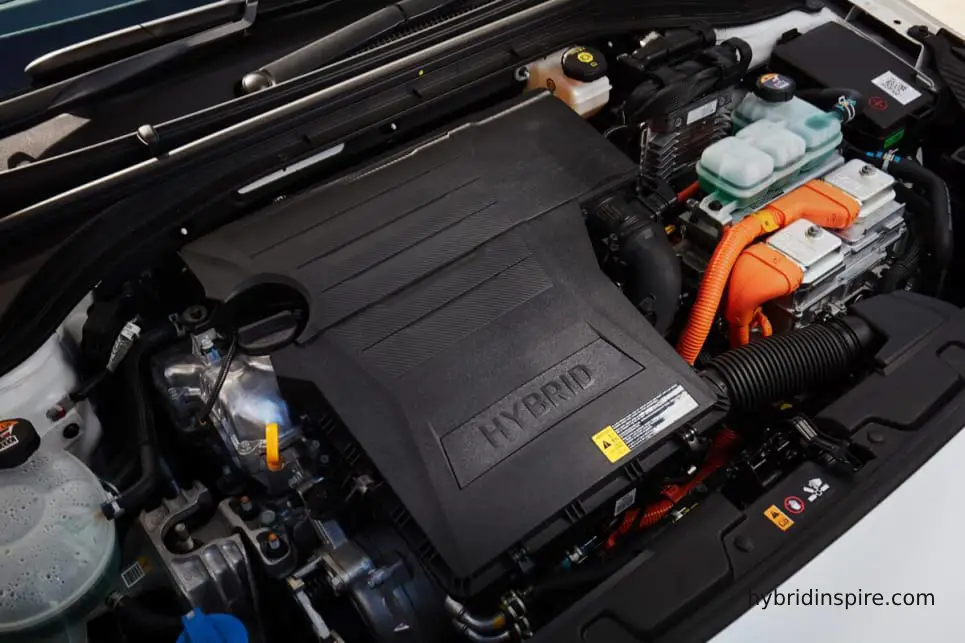
Environmental Factors Affecting Hybrid Battery Longevity
Your geographic location and typical driving environment significantly impact battery life expectancy:
Climate Considerations
Hybrid batteries generally last longest in moderate climates without temperature extremes. If you live in an area with very hot summers or extremely cold winters, you may need to be more diligent about temperature management strategies.
Studies have shown that hybrid batteries in regions with average temperatures between 50°F and 75°F (10°C-24°C) often outlast those in extreme climate zones by 2-3 years or more.
Elevation and Terrain
Driving regularly in mountainous regions with significant elevation changes can subject your hybrid battery to more frequent and deeper charge/discharge cycles. While regenerative braking helps capture energy during descents, the overall effect of mountain driving tends to be harder on battery systems than flat terrain.
If mountainous driving is unavoidable, be especially attentive to other battery preservation strategies to compensate for this additional stress.
The Economics of Hybrid Battery Care
Understanding the financial aspects of hybrid battery maintenance can help put preservation efforts into perspective:
Cost-Benefit Analysis
A new OEM hybrid battery typically costs between $1,500 and $3,500 plus installation. High-end or luxury hybrid models may run significantly higher. By implementing the maintenance practices outlined in this guide, you’re potentially saving thousands of dollars by extending battery life by several years.
Even paid services like professional battery conditioning (typically $300-$600) can be economical when compared to full replacement costs.
Aftermarket and Refurbished Options
When replacement becomes necessary despite your best maintenance efforts, consider refurbished or remanufactured battery packs from reputable suppliers. These options typically cost 30-50% less than new OEM batteries and often come with warranties of 1-3 years.
Several companies specialize in hybrid battery reconditioning and offer nationwide shipping of refurbished units with installation instructions or referrals to qualified local technicians.
Conclusion: A Proactive Approach to Hybrid Battery Care
Extending your hybrid car battery life is achievable through consistent, intentional care. The battery preservation strategies outlined in this guide—from temperature management to driving habits to regular maintenance—work synergistically to reduce stress on your hybrid’s most valuable component.
Remember that hybrid batteries are designed with impressive durability in mind, and manufacturers have continuously improved their longevity with each generation. By implementing these practices, you’re not fighting an uphill battle but rather ensuring your battery achieves its full potential lifespan.
The investment of time and attention to battery health pays dividends through years of reliable, efficient transportation and thousands of dollars saved in premature replacement costs. With proper care, many hybrid owners report battery performance well beyond the warranty period—sometimes reaching 15 years or more of dependable service.
Whether you’re a new hybrid owner or have been driving one for years, it’s never too late to adopt these battery-extending habits. Start today with regular maintenance, mindful driving, and temperature management to maximize the return on your hybrid investment.
For More Info about How to Extend the Life of a Hybrid Car Battery

